
The Role of Renewable Energy Investment in Economic Growth
Jakarta, September 29, 2025 – Indonesian Finance Minister Purbaya Yudhi Sadewa expressed his confidence that Indonesia can achieve 8% economic growth, in line... Read more.
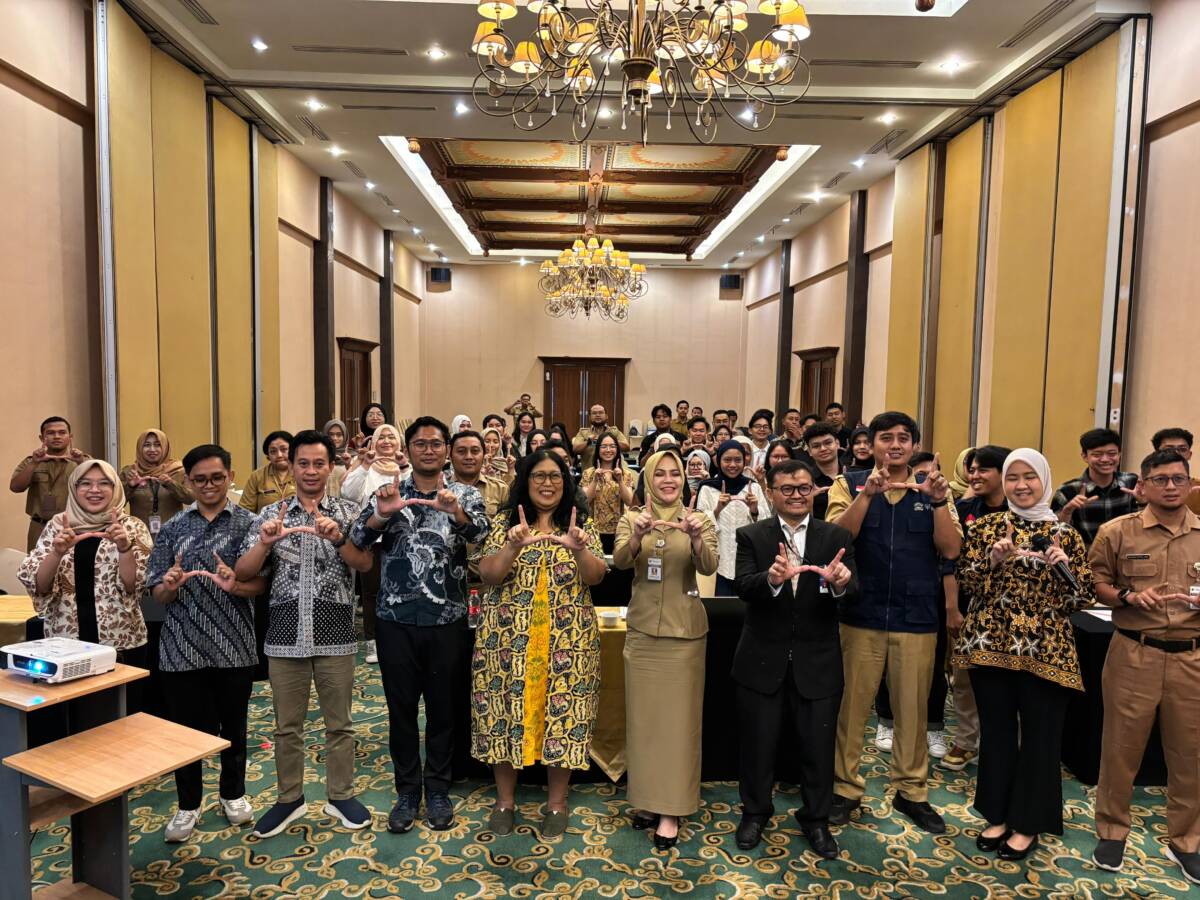
Central Java Prepares Mentors to Accelerate Green Industry Transformation with Low-Carbon Technologies and Sustainable Principles
Surakarta, September 24, 2025 – Central Java is demonstrating its strong commitment to achieving the Net Zero Emissions (NZE) target by 2060, or sooner, throu... Read more.

Green Industry Collaboration: A Pillar of Energy Transition and Low-Carbon Development in Central Java
Semarang, September 18, 2025 – The green industry represents a critical pillar in advancing the energy transition and low-carbon development. Through the adop... Read more.
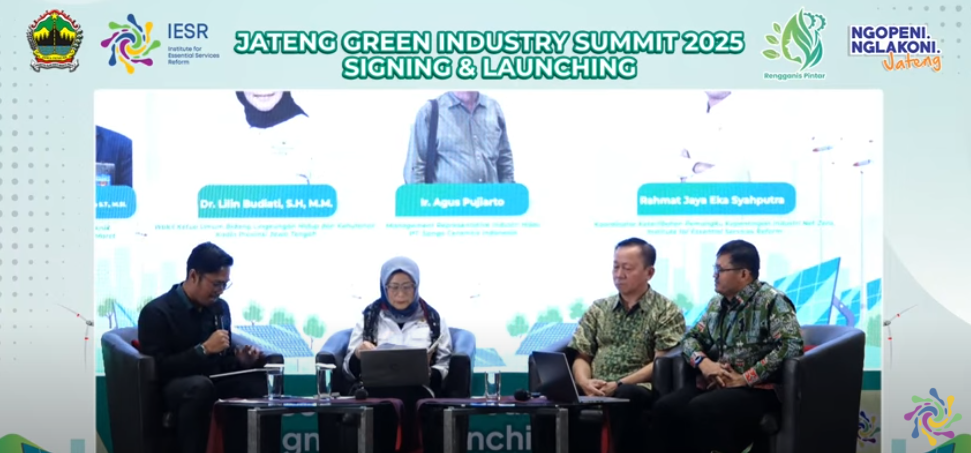
Promoting Sustainable Industry and Green Jobs in Central Java
Semarang, September 19, 2025 – Central Java, with its large population and rapidly growing industrial sector, is feeling the direct impact of the climate ... Read more.
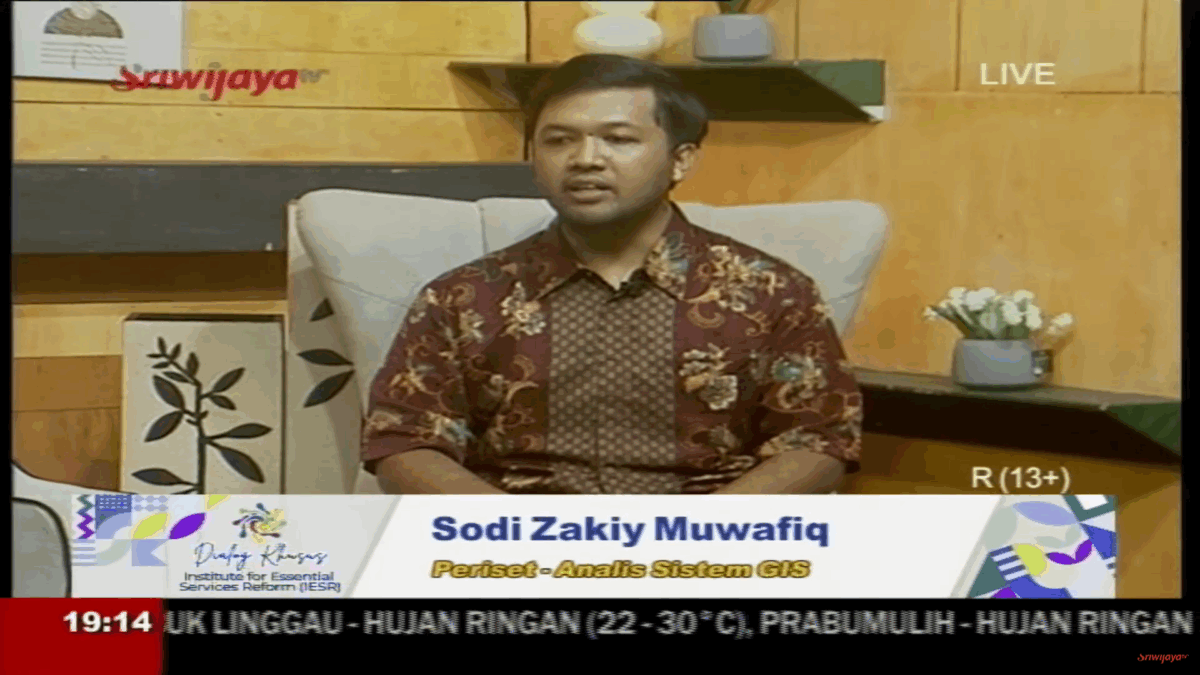
South Sumatra Pushes to Become a Renewable Energy Hub
Palembang, 16 September 2025 – South Sumatra, a province highly dependent on fossil fuels, especially coal, is shifting towards a more sustainable energy tran... Read more.

Homework for South Sumatra to Utilize Its Renewable Energy Sources
Palembang, September 16, 2025 – South Sumatra (Sumsel) has long been known as one of Indonesia’s energy hubs. Its natural resources, including coal,... Read more.

Realizing a Sustainable Campus in South Sumatra
Palembang, September 15, 2025 – The transition to renewable energy is crucial as the climate crisis becomes increasingly apparent. Therefore, universities... Read more.
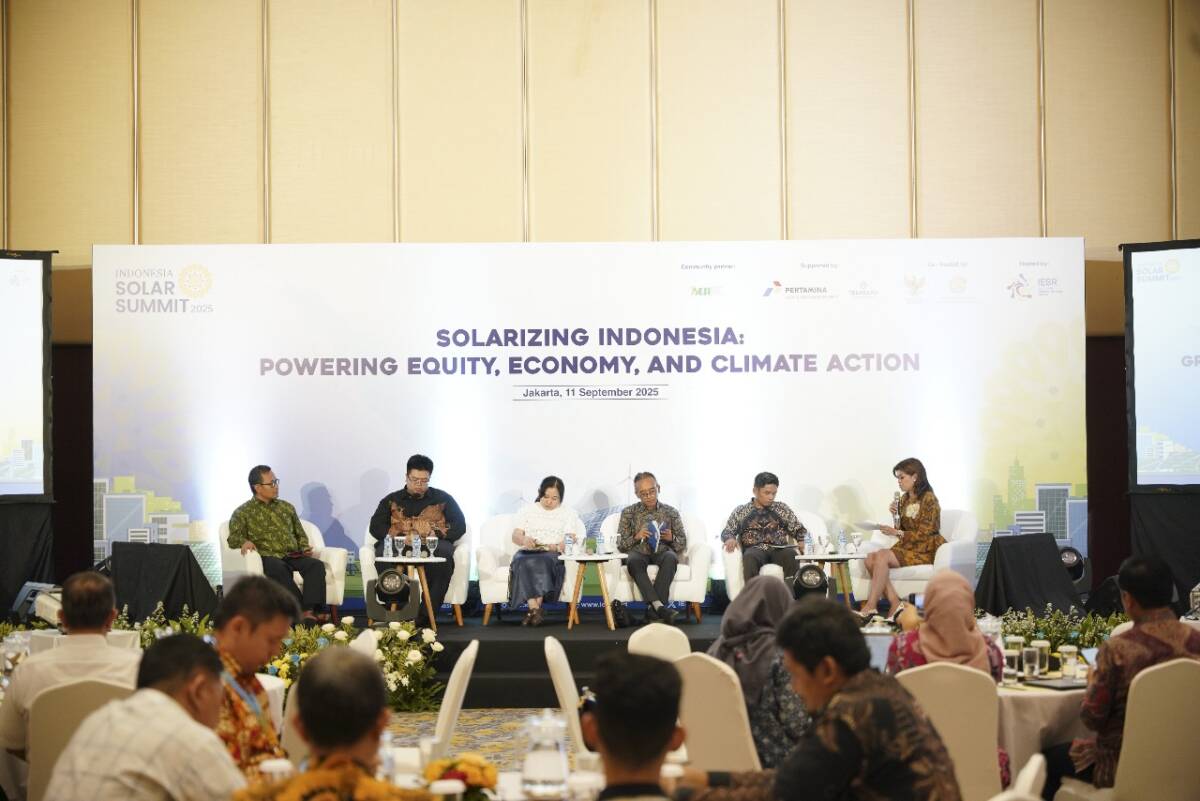
Solar Energy Powers the Transformation of Industrial Estates
Jakarta, September 11, 2025 – Indonesia is accelerating its efforts towards industrial decarbonization, partly by leveraging solar energy. This transformation... Read more.
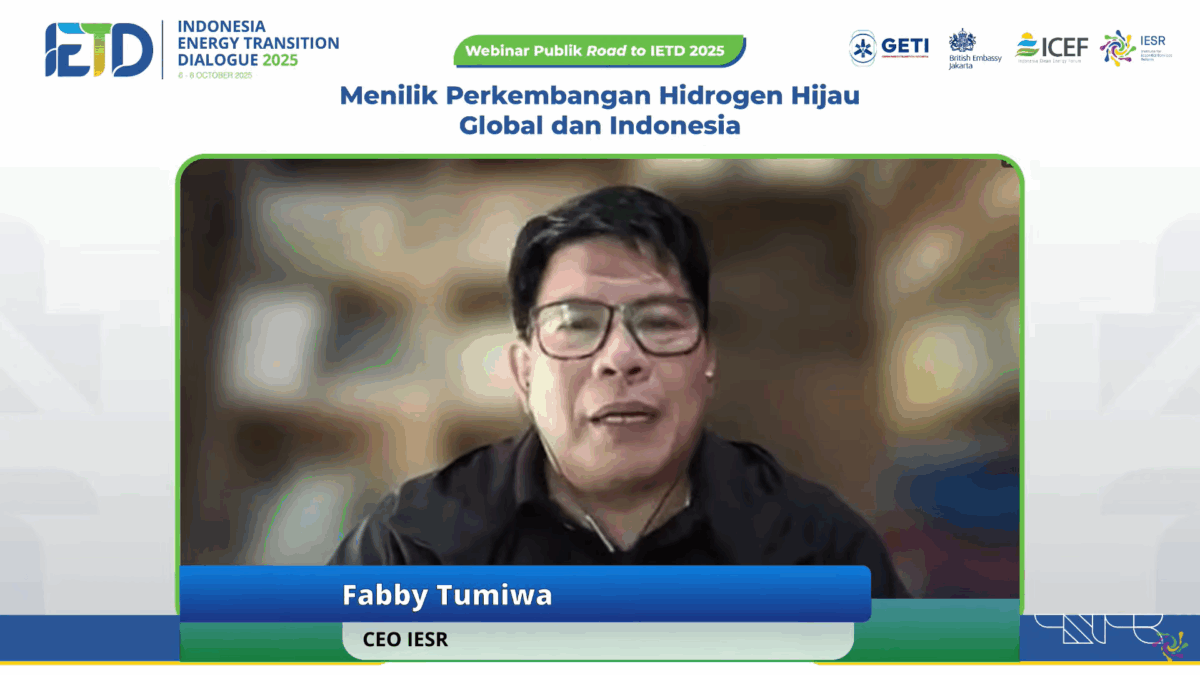
Building Indonesia’s Green Hydrogen Production and Market
Jakarta, September 15, 2025 – The Institute for Essential Services Reform (IESR) believes that green hydrogen can significantly contribute to global emission ... Read more.
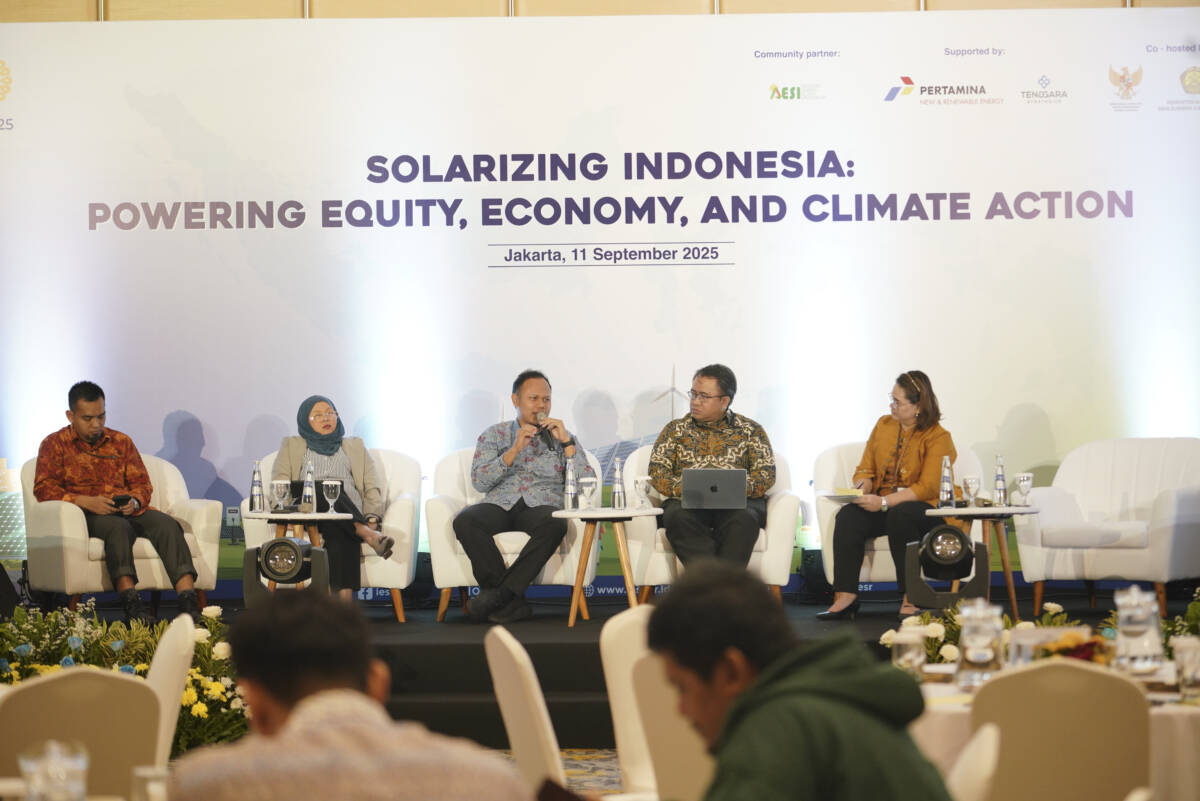
Accelerating the Utilization of Floating Solar Power Plants: Policy, Technology, and Collaboration
Jakarta, September 12, 2025 – The growth of renewable energy in Indonesia continues to show a positive trend. One technology that is now gaining attention... Read more.
